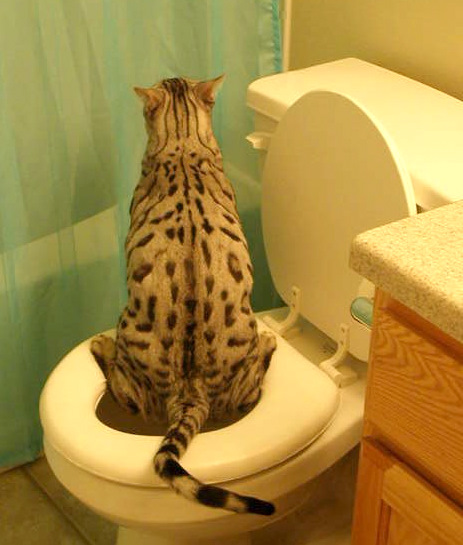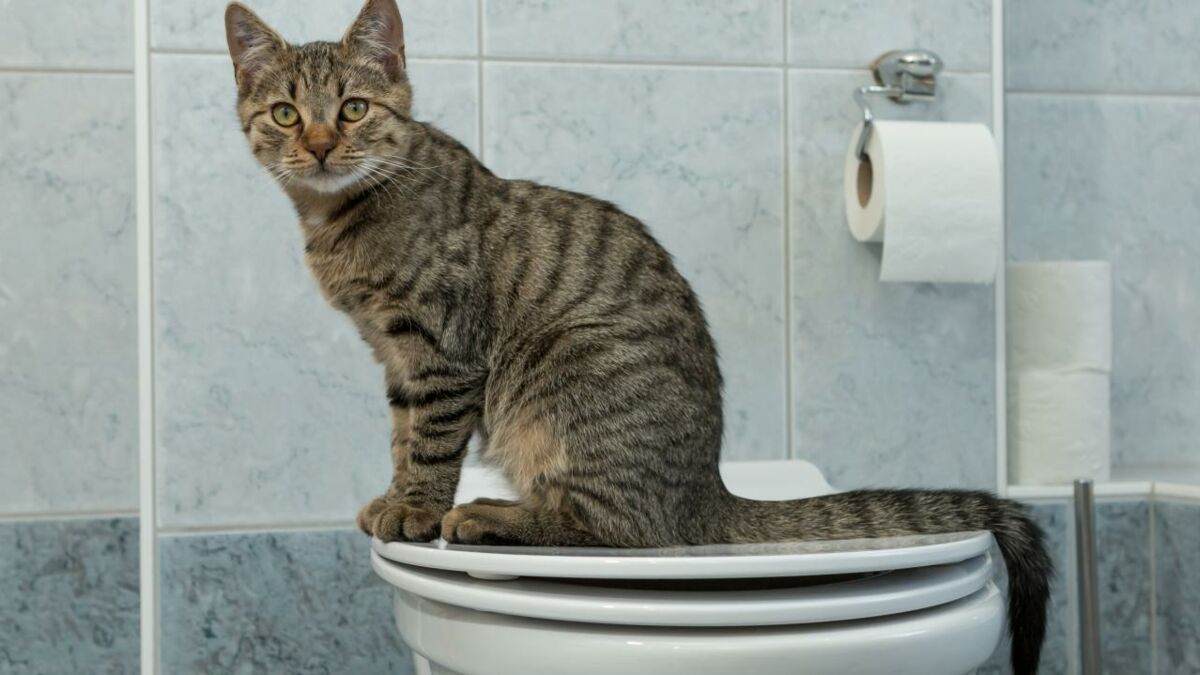An Results of Flushing Animal Waste Down the Toilet
An Results of Flushing Animal Waste Down the Toilet
Blog Article
They are making a number of great points regarding Don't Flush Your Pets Poo Down The Loo, Vet Warns overall in the article further down.

When it comes to disposing of waste, specifically animal waste, many people often consider the convenient alternative of flushing it down the bathroom. However, this relatively very easy service can have severe consequences for the atmosphere and public health. In this post, we'll discover why flushing pet waste down the toilet is a poor concept and give alternate techniques for appropriate disposal.
Intro
Proper garbage disposal is important for keeping environmental sustainability and public health. While it might seem safe to flush animal waste down the bathroom, it can result in numerous issues, both for the atmosphere and human health.
Risks of flushing pet waste
Environmental influence
Flushing animal waste introduces damaging microorganisms and pathogens into rivers, which can adversely impact aquatic environments. These virus can contaminate water resources and injury aquatic life, disrupting delicate communities.
Public health worries
Pet waste consists of unsafe bacteria such as E. coli and Salmonella, which can position significant health threats to humans. Purging animal waste down the bathroom can pollute water materials, causing the spread of conditions and infections.
Alternatives to flushing
Rather than flushing animal waste down the toilet, there are several different disposal approaches that are a lot more environmentally friendly and hygienic.
Composting
Composting animal waste is an eco-friendly way to deal with it. By composting, organic matter is broken down right into nutrient-rich dirt, which can be used to feed gardens and plants.
Landfill disposal
Disposing of pet waste in a garbage dump is an additional choice. While not as eco-friendly as composting, it is a much safer choice to flushing, as it avoids the contamination of water resources.
Pet garbage disposal systems
There are specialized animal garbage disposal systems offered that securely and hygienically deal with animal waste. These systems usually use enzymes to break down waste and eliminate odors.
Actions to correct pet garbage disposal
To ensure proper disposal of pet waste, comply with these actions:
Scooping and landing waste
Regularly scoop and bag animal waste using naturally degradable bags. This stops waste from polluting the atmosphere.
Utilizing assigned waste bins
Dispose of bagged animal waste in assigned waste bins, such as compost bins or land fill containers. Prevent flushing it down the toilet here at all prices.
Cleansing litter boxes and pet locations on a regular basis
Regularly tidy litter boxes and pet dog locations to prevent the build-up of waste and germs. Usage pet-safe cleansing products to preserve hygiene.
Advantages of appropriate disposal approaches
Embracing correct disposal techniques for pet waste provides several advantages:
Decreased environmental pollution
Appropriate disposal techniques lower the threat of environmental pollution, shielding waterways and ecological communities from contamination
Minimized danger of water contamination.
By staying clear of flushing animal waste down the toilet, the threat of water contamination is substantially lowered, protecting public health.
Enhanced cleanliness and health
Correct disposal approaches advertise far better hygiene and health, producing a much safer atmosphere for both people and animals.
Conclusion
In conclusion, purging pet waste down the bathroom is harmful to the setting and public health. By taking on alternate disposal methods and adhering to appropriate waste management techniques, we can lessen the negative influence of animal waste and contribute to a cleaner, much healthier world.
What To Do With Dog Poo – The Do's And Don'ts Of Disposing Of Faeces
Dog poo bins
Some councils provide dedicated dog waste bins in popular dog-walking areas that can take dog poo that has been bagged but you can legally dispose of dog waste in any public litter bin, as long as it is securely bagged. This also applies to your wheelie bin at home.
Do not flush
Water companies do not recommend flushing dog faeces down the toilet because certain parasites can survive the water processing treatment and are potentially harmful to humans. You should also never consider flushing dog poo that has been bagged down the toilet as the bags will not break down and instead create severe blockages in the sewage system.
In the woods
The Forestry Commission promotes a ‘stick and flick’ method for dealing with waste in the woods. This means finding a stick and using it to flick any poo from off the path so that it is out of the way of other walkers. You could also bury it as long as it is not in an area where there might be livestock.
Livestock
Parasites found in dog poo can be transmitted to livestock if they inadvertently eat infected faeces that has been left on grazing land. This could result in the death of sheep or abortion in cattle so you should always make sure you pick up your dog’s waste in fields where livestock could be present.

Regularly tidy litter boxes and pet dog locations to prevent the build-up of waste and germs. Usage pet-safe cleansing products to preserve hygiene.
Advantages of appropriate disposal approaches
Embracing correct disposal techniques for pet waste provides several advantages:
Decreased environmental pollution
Appropriate disposal techniques lower the threat of environmental pollution, shielding waterways and ecological communities from contamination
Minimized danger of water contamination.
By staying clear of flushing animal waste down the toilet, the threat of water contamination is substantially lowered, protecting public health.
Enhanced cleanliness and health
Correct disposal approaches advertise far better hygiene and health, producing a much safer atmosphere for both people and animals.
Conclusion
In conclusion, purging pet waste down the bathroom is harmful to the setting and public health. By taking on alternate disposal methods and adhering to appropriate waste management techniques, we can lessen the negative influence of animal waste and contribute to a cleaner, much healthier world.
What To Do With Dog Poo – The Do's And Don'ts Of Disposing Of Faeces
Dog poo bins
Some councils provide dedicated dog waste bins in popular dog-walking areas that can take dog poo that has been bagged but you can legally dispose of dog waste in any public litter bin, as long as it is securely bagged. This also applies to your wheelie bin at home.
Do not flush
Water companies do not recommend flushing dog faeces down the toilet because certain parasites can survive the water processing treatment and are potentially harmful to humans. You should also never consider flushing dog poo that has been bagged down the toilet as the bags will not break down and instead create severe blockages in the sewage system.
In the woods
The Forestry Commission promotes a ‘stick and flick’ method for dealing with waste in the woods. This means finding a stick and using it to flick any poo from off the path so that it is out of the way of other walkers. You could also bury it as long as it is not in an area where there might be livestock.
Livestock
Parasites found in dog poo can be transmitted to livestock if they inadvertently eat infected faeces that has been left on grazing land. This could result in the death of sheep or abortion in cattle so you should always make sure you pick up your dog’s waste in fields where livestock could be present.

Do you like reading about Don't Flush Your Pets Poo Down The Loo, Vet Warns? Write feedback down the page. We would be glad to find out your feelings about this article. Hoping that you visit us again later on. Sharing is nice. Helping people is fun. Thank you so much for taking the time to read it.
Call Today Report this page